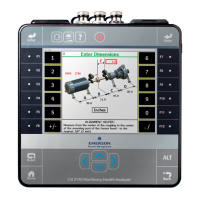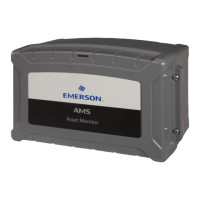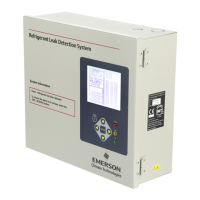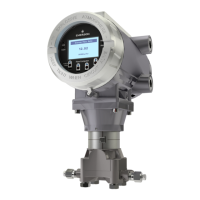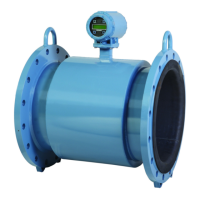Triggers
If data collection begins before the hammer hits the machine, increase the trigger level in
Manual Analyze to a value greater than the default 0.5 value. This helps prevent background
vibration from causing a false trigger and beginning the test too soon.
Number of channels
The Bump Test Analysis Experts are single-channel measurements. For two or four channels,
use the Impact mode in Manual Analyze.
Single-channel tests usually require additional tests to confirm, but the results of the bump
test should show a peak at the resonant frequency. The impacts from the hammer place a
small amount of force into the system at all frequencies. A resonance naturally amplifies
the vibration at the resonant frequency. The peaks in the spectral data represent the
resonant frequency (or frequencies).
Avoid running equipment at a resonant frequency because the operational forces are
amplified and cause very high vibration.
Hammers
For the Bump Test Equipment Off and Bump Test Equipment Running, use a regular hammer to hit
the machine. Impact mode in Manual Analyze requires an impact hammer.
6.8.10 Bump Test Equipment Off
Bump Test Equipment Off lets you check for resonance when the equipment is not running.
Use this measurement when high vibration is unexplained. The spectrum may show a
broad hump of energy or a single discrete peak. Use a normal hammer for this
measurement.
Note
This is a single-channel measurement.
Prerequisites
• Attach the accelerometer to the analyzer and the equipment.
• Shut down the equipment.
Procedure
1.
Create a job or open Analyze from a route measurement point.
2. From the Analyze main menu, press F7 More Experts > F2 Bump Test Equipment Off.
3. Press Start or Enter to collect the data.
4. Hit the equipment with a hammer each time the screen displays "Waiting for
Trigger."
The analyzer collects data for the specified number of averages.
5. Press Enter to view the data.
Analyze and Advanced Analyze
130 MHM-97432 Rev 7
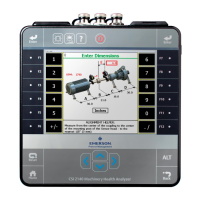
